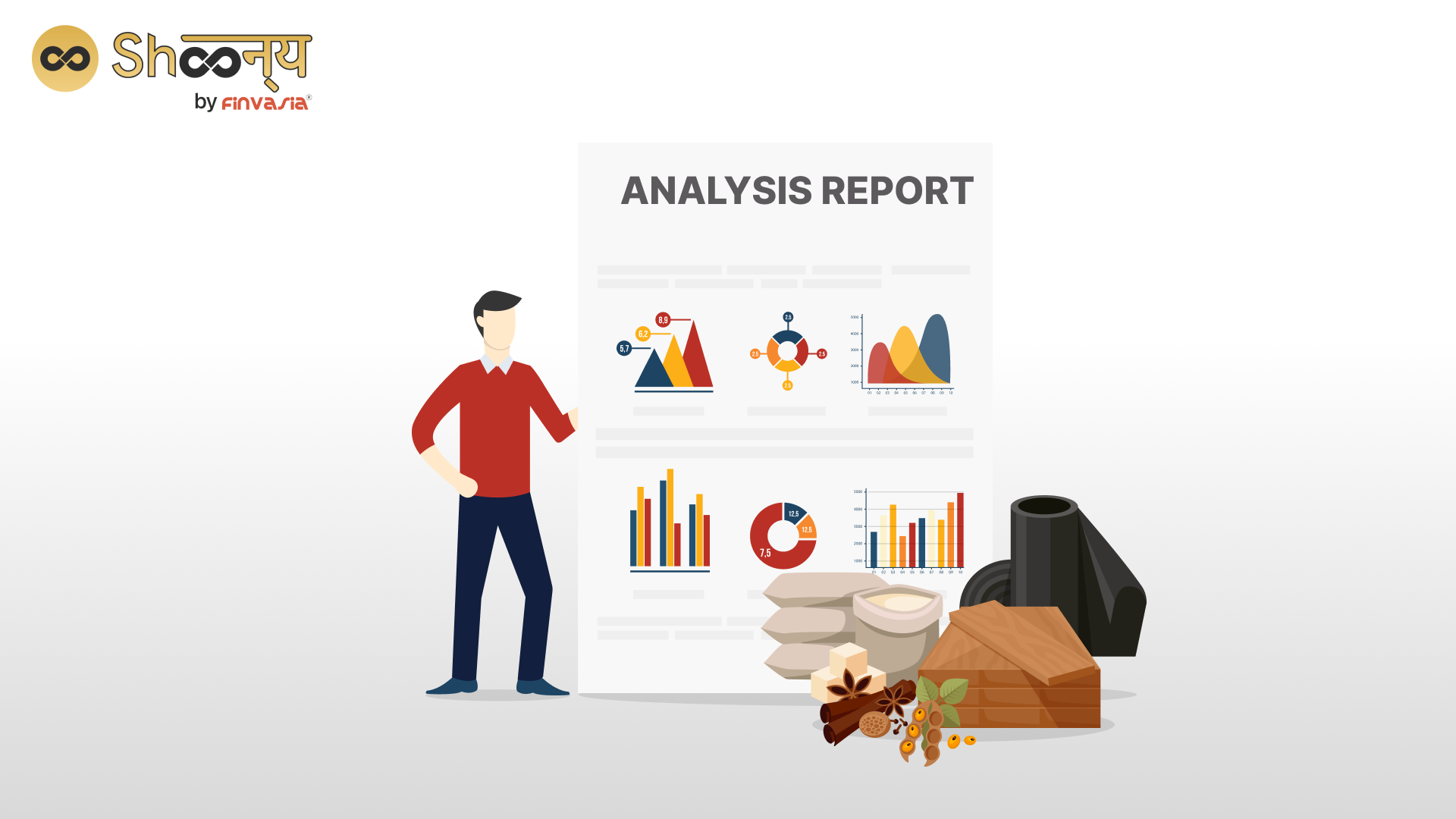Commodity investments have become increasingly popular for investors to diversify their portfolios and take advantage of price movements in raw materials and natural resources. However, determining the value and expected performance of a commodity investment is a complex task that requires a thorough understanding of the underlying factors that drive supply and demand. In this article, we will outline the steps involved in the analysis of commodities using fundamental analysis.
- Identifying the Commodity
The first step in using fundamental analysis to evaluate a commodity investment is to identify the specific commodity you are interested in. This could include popular commodities such as oil, gold, silver, or agricultural products. Understanding the characteristics and price history of the commodity you are interested in is key to making informed investment decisions.
- Examining Supply and Demand Dynamics
Understanding supply and demand is the very basis of commodity trading. A commodity’s supply and demand dynamics play a critical role in determining its price and future performance. Investors should research global production and consumption trends, geopolitical events that may affect supply chains, and natural disasters that may disrupt production.
For example, changes in demand for oil due to shifting energy policies and the growth of alternative energy sources, as well as supply disruptions caused by natural disasters or political instability, can significantly impact oil prices.
- Analysing Historical Price Trends
Another important factor to consider when using fundamental analysis to evaluate a commodity investment is the historical price trends of the commodity. Studying price movements over time can help investors identify patterns and understand how the commodity has performed in different market conditions.
For example, a review of gold’s price history may reveal that it has historically been seen as a haven asset during economic uncertainty, leading to increased demand and higher prices.
- Assessing the Economic and Political Environment
Finally, investors should consider the economic and political environment in the countries where the commodity is produced and consumed. Factors such as interest rates, inflation, and government regulations can impact the commodity’s price and future performance.
For example, changes in agricultural subsidies and trade policies can significantly impact the prices of agricultural commodities like corn, soybeans, and wheat.
Example
Consider an investor who is interested in investing in silver. The investor starts by researching silver’s supply and demand dynamics, examining factors such as global production and consumption trends, geopolitical events, and natural disasters that may affect supply and demand. The investor then studies silver’s historical price trends, observing patterns in price movements and how the commodity has performed in different market conditions. Finally, the investor evaluates the economic and political environment in the countries where silver is produced and consumed, considering factors such as interest rates, inflation, and government regulations. Based on this analysis, the investor can make a more informed decision about whether silver is a good investment opportunity.
Conclusion
Fundamental analysis is a valuable tool for investors to understand the underlying factors that drive the value and expected performance of a commodity investment.

